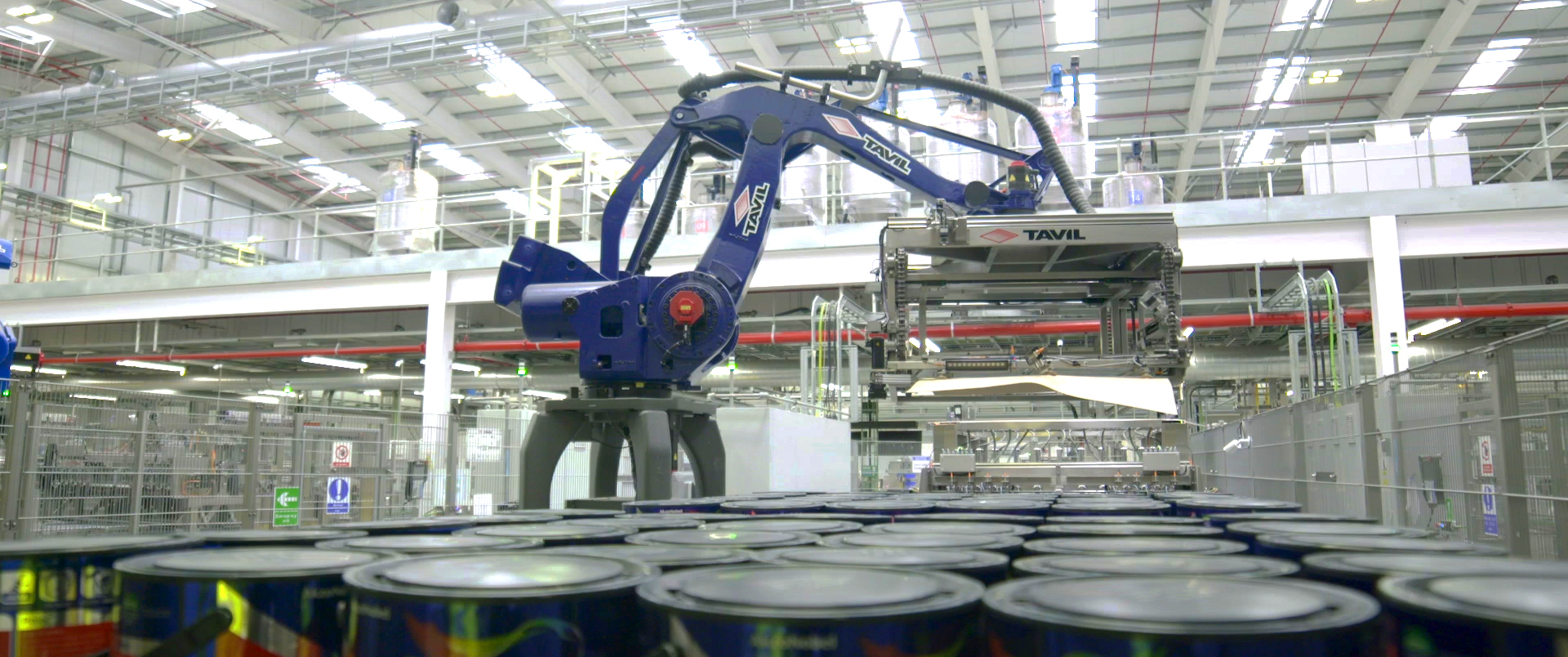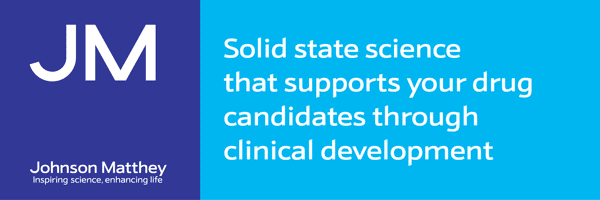
A ground-breaking collaboration between Siemens and AkzoNobel has created a state-of-the-art £100 million factory in Ashington (Northumberland, UK), which connects the entire manufacturing process horizontally and vertically, allowing for the end-to-end digitalization of the plant.
AkzoNobel believes the investment has enabled the business to make a step-change on a scale not seen before, propelling it forward by 30 years.The plant can now produce up to 33,000 different colours across a range of AkzoNobel brands, including Dulux, Dulux Trade, Cuprinol, Polycell, Hammerite and Armstead. These improvements have reduced the time to market by 85%, in other words from three months to just two weeks.
The plant also aims to reuse 100% of its water and 90% of solvents back into the process once the materials have been treated in the onsite by-products plant. Meanwhile, a biomass boiler and solar panels onsite produce 10% of the energy needed to power the plant, and any rainwater harvested is also used in the production process. AkzoNobel estimates that the carbon footprint per litre of paint produced at Ashington has reduced by 50%, compared to the facilities it has replaced.
At the heart of these record-breaking achievements is Siemens technology. The game-changing solution at Ashington connected every manufacturing process vertically and horizontally, allowing the entire factory to communicate and become automated. This integrated solution combines Siemens’ SIMATIC PCS 7 control system, incorporating hundreds of Siemens Automation Systems, BATCH control and two SIMATIC IT Manufacturing Execution Systems (MES) with AkzoNobel’s enterprise business system. The business system from SAP (Systems, Applications and Products) manages operations such as delivery, logistics and customer relations.
The result is that the plant is exceptionally efficient producing paint in a pre-determined order, based on input availability and machine performance, and that every activity, from the ordering of raw materials to the shipping of finished products, can be initiated without human intervention. Jeff Hope,
AkzoNobel’s head of the manufacturing unit at AkzoNobel Ashington, said the factory has become a blueprint for AkzoNobel’s other sites around the world.
“AkzoNobel is a large global organisation and we recognised that we needed to look to the long-term future,” he said. “The reason that we wanted to utilise the automation technology was to meet the ever-increasing production needs of our customers, continue to meet the safety regulations in the chemical and manufacturing industries, but also to achieve our own sustainability goals of reducing waste, reusing energy and using less solvent. It has taken a huge level of collaboration from AkzoNobel and Siemens to build this factory together. In the chemical industry, processes are typically fixed and have been for years, there’s not a lot of innovation, so we were doing something entirely different here. The batch targets we’re already meeting here are on a scale which has never been done before. We’re pushing manufacturing forward. We are re-engineering our business and our supply chain. We can’t operate the plant in isolation, we have to bring our suppliers and customers on the journey too. It’s total supply chain transformation. We’d rather change the industry than get left behind. I feel like we have made a jump, 20 or 30 years ahead.”
Alex Wardle, process engineer at AkzoNobel Ashington, said: “From the moment those raw materials come on site to the moment the finished product leaves, and all the production and waste handling that happens in between, we’ve fully automated every process with Siemens SIMATIC PCS 7 software. The site is so agile that we can only hold three days’ stock at any one time. We make 3,500 different products from this site, and traditionally that could have taken up to three months to do; but here the levels of automation mean that we are able to turn that production wheel in only two weeks.”
Eric Bennison, account development manager at Siemens Digital Industries, said: “By utilizing our world class, state-of-the-art digitalization tools we’ve worked with AkzoNobel Ashington to deliver their unique vision to be able to give them a fully integrated, completely connected and automated plant. The complexity of this project was that AkzoNobel were looking at the scalability of their production facility. The joy of the Siemens solutions is that there’s no ‘one size fits all’. We have to work with customers to fully understand their needs and tailor our solutions to suit market the market requirements. The deep relationship between Siemens and AkzoNobel has been paramount to the success of this plant.”
Covering an area of 100,000 m2, roughly the size of 14 football pitches, the facility also has capacity to expand in order to support future growth plans.
Mark Higham, general manager of process automation at Siemens, said: “The automation allows AkzoNobel to be really agile. They need to be able to respond quickly, dependent on seasonal demand – our solution makes this possible. We can accommodate not only these large plants, but also cost-effectively address the small-scale ones as well. We also have a range of tools that will help us easily migrate legacy control systems into the Siemens SIMATIC PCS 7 platform, thus enabling existing plants to be efficiently modernised. As well as meeting the ever-increasing demands of their customers, automation has helped AkzoNobel reach their sustainability goals and manage the minefield of safety legislation with ease.”




